Discovering the World of Sewing Tools: A Beginner’s Guide
The Essential Sewing Tools with Names and their Functions
Sewing is not just a mere hobby, it’s a skill that has been passed down through generations. From stitching clothes to creating beautiful quilts, the art of sewing has stood the test of time. But behind every skilled seamstress, lies an arsenal of sewing tools – each with their unique name and purpose. In this article, we will take a closer look at the essential sewing tools with names and their functions, helping you to unravel the mysteries of the sewing world.
1. Sewing Machine
The sewing machine is the most crucial tool in a seamstress’s kit. It is a mechanical or electronic device that uses a needle and thread to stitch fabric together quickly. The machine also has a foot pedal that controls the speed of the needle, allowing for precise and efficient stitching. From simple straight stitches to intricate patterns, a sewing machine is a must-have for every sewing enthusiast.
2. Sewing Needles
Sewing needles are slender tools with a pointed end used to pierce fabric and create stitches. They come in a variety of sizes and types, depending on the fabric and stitch type. For example, a sharp needle is best for woven fabrics, while a ballpoint needle works better for knitted materials. Keeping a variety of needles in your kit will ensure you have the right one for every project.
3. Thread
Thread is an essential element in any sewing project. It is a thin strand of yarn made from cotton, polyester, or silk, used to stitch fabric together. The color and thickness of the thread should be chosen according to the fabric and project at hand. For example, a thick thread would work best for a heavy-duty project, while a thin thread would be more suitable for delicate fabrics.
4. Fabric Scissors
Fabric scissors are specially designed with sharp, pointed blades that make cutting fabric a breeze. They are different from regular scissors, as they have one blade that is longer than the other, allowing for precise and clean cuts. It is crucial to have a separate pair of scissors for cutting fabric only, as using them for other materials could dull the blades.
5. Tape Measure
A tape measure is a critical tool in sewing. It is a flexible ruler used to measure the length and width of fabric pieces accurately. Tape measures come in different lengths, but a 60-inch one is ideal for most sewing projects. It is recommended to have both metric and imperial measurements on your tape measure for versatility.
6. Seam Ripper
A seam ripper is a small, pointed tool used to remove stitches without damaging the fabric. It has a sharp blade on one end and a small ball on the other, to help pick out stitches. It is an important tool to have, especially for beginners who are still learning to stitch accurately.
7. Pins and Pin Cushion
Pins are small, thin needles with a round head used to hold fabric pieces together while stitching. They are essential for keeping the fabric in place and preventing it from shifting. A pin cushion is a small cushion or pad used to store pins and keep them within reach while sewing.
8. Iron and Ironing Board
While not traditionally considered a sewing tool, an iron is an essential item for any sewing project. Ironing fabric before cutting or sewing helps to remove wrinkles and ensure precise measurements. An ironing board provides a flat surface to iron on and is a staple in any sewing room.
Conclusion
In addition to the tools mentioned above, there are many other sewing tools with names and functions that are specific to certain projects. As you continue to develop your sewing skills, you will discover these tools and add them to your kit. Remember, investing in high-quality tools will not only make your sewing experience more enjoyable, but it will also produce better results.
Now that you are familiar with the essential sewing tools and their functions, you are ready to dive into the world of sewing confidently. So gather your tools, pick a project, and let your creativity flow! Happy sewing!
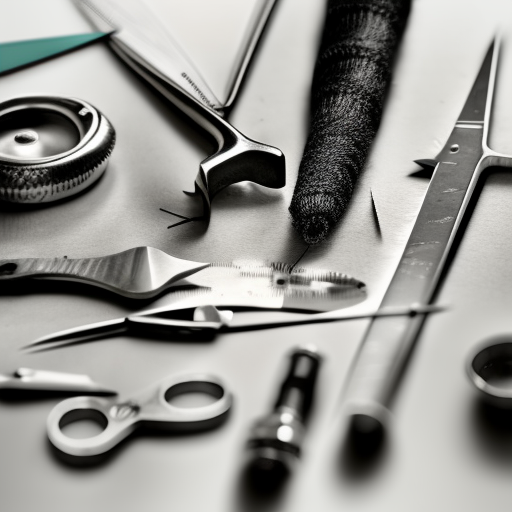








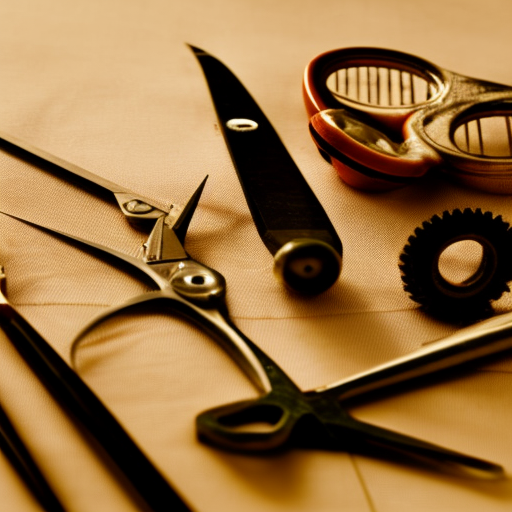
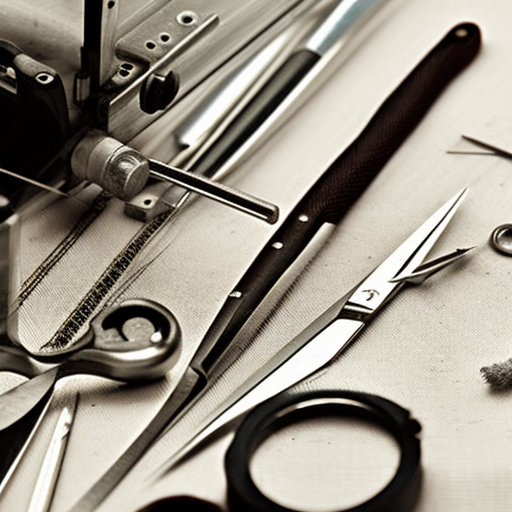
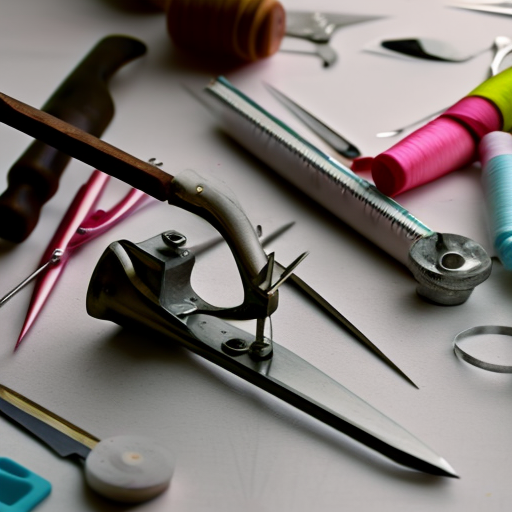
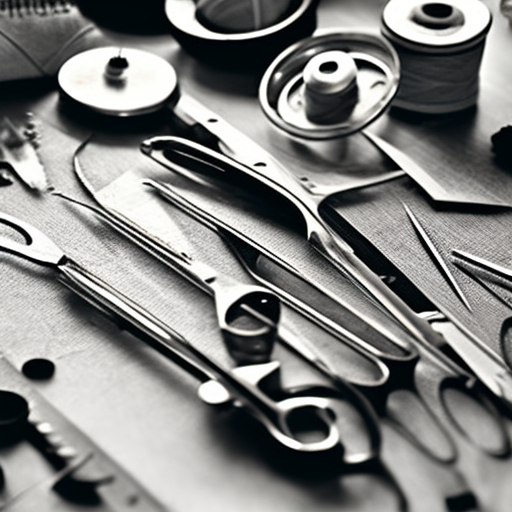
Wow, that’s pretty cool!
Katie A: Love it!
Great post! Must-have for every DIY sewer! It’s really helpful to know the names of sewing tools so that you can make sure you have all the items necessary to complete a project. Plus, I’m sure many people don’t know what the tools are called, so this will be very beneficial!
Agreed! I’m sure this is going to be a very useful guide for aspiring sewers. Thanks for sharing.